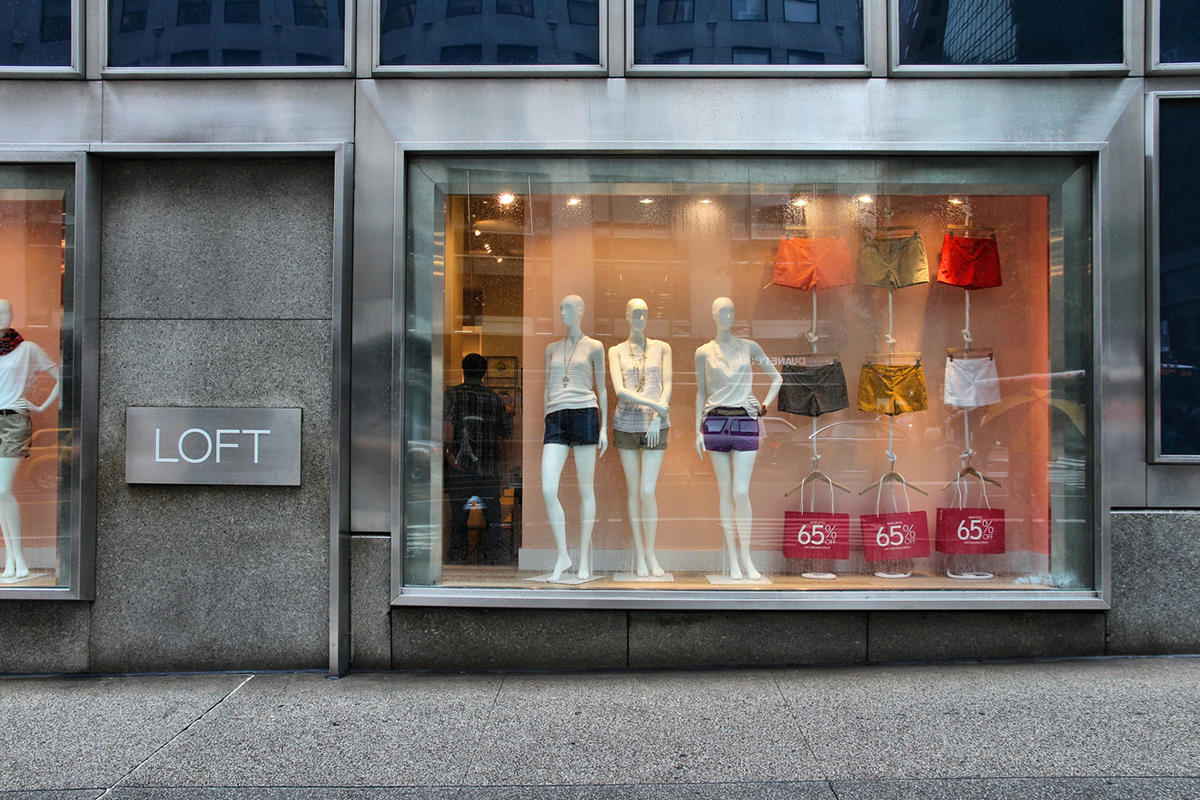Trending
 “Multifamily is in the crosshairs”: Execs talk distress, opportunities at Milken conference
“Multifamily is in the crosshairs”: Execs talk distress, opportunities at Milken conference "Financially devastating": Receiver takes over embattled Pembroke Pines condo complex
"Financially devastating": Receiver takes over embattled Pembroke Pines condo complex Pinnacle Bank buys back Fort Worth office tower for $12 per sf
Pinnacle Bank buys back Fort Worth office tower for $12 per sf  “You don’t know what the f-ck you are getting”: The new leasing paradigm
“You don’t know what the f-ck you are getting”: The new leasing paradigmCommercial market report
From the latest retail vacancy glut to WeWork’s Manhattan domination, a look at the biggest trends

Manhattan’s retail vacancies further pile up
A recent survey from Douglas Elliman painted a really grim picture for Manhattan retail. It found that 20 percent of storefronts in the borough were vacant — compared to just 7 percent when the brokerage conducted the study in 2016. Faith Hope Consolo, Elliman’s head of retail leasing, told the New York Times that the current situation for the retail industry was “the most challenging retail landscape in my 25 years in real estate.” And several new storefronts are coming to major developments such as Hudson Yards, Brookfield Place and the World Trade Center, which could lead to an even higher vacancy rate for Manhattan retail going forward. Retailers and landlords have long been in conflict with each other over the vacancy issue, with retailers claiming that landlords are aggressively increasing rents, and landlords saying it’s becoming harder and harder to find retailers willing to sign long-term leases. This month, the City Council’s Committee on Small Business will consider a bill that would grant 10-year lease renewals to retail tenants that meet the terms of their existing contracts.
Hotel REITs capitalize on economic gains to change course
Real estate investment trusts didn’t have a great start to 2018, with returns falling by about 13 percent on average from early January to early February, according to the investment research and advisory firm 2nd Market Capital. Hotel REITs, specifically, dropped by about 7 percent during that period. But those public hospitality firms made a strong comeback later in the year due to the strong U.S. economy and growing merger and acquisition activity. From Feb. 8 through the end of August, hotel REIT returns rose 20 percent, while overall REIT returns averaged 21 percent. The Maryland-based LaSalle Hotel Properties — which has 41 hotels around the country and recently agreed to merge with Pebblebrook Hotel Trust — saw its value rise from $3 billion in March to $5.2 billion in August. Additional factors behind the turnaround include an increase in consumer spending, a smaller amount of new hotel supply, a growing number of international travelers and more realistic investor expectations for RevPAR (revenue per available room), according to industry experts.
New York tech office leasing continues to gain steam
The tech industry is still rapidly growing its footprint in Manhattan. Among tenants in the market for at least 50,000 square feet, tech firms accounted for 21 percent of active requirements — totaling more than 4 million square feet — as of early September, according to CBRE. The industry’s occupancy in Manhattan, meanwhile, has jumped from 5.4 percent in 2009 to 8.2 percent as of 2018’s second quarter. Tech tenants now have the fourth largest share of Manhattan office space, while employment in the sector has gone up as well, with more than 140,000 people working in the field citywide as of 2017. The industry’s continued expansion means its leasing activity and employment numbers in New York could both keep rising. Between 2011 to 2017, for instance, the annual share of tech office leasing activity was 12.6 percent — more than double the amount of leasing activity between 2003 and 2007, per CBRE.
WeWork is now likely Manhattan’s largest tenant
Cushman & Wakefield put WeWork about 74,000 square feet away from becoming Manhattan’s largest office tenant in late August, and in mid-September, the co-working giant said it had attained that status thanks to its 258,344-square-foot lease at TH Real Estate’s 21 Penn Plaza. It nabbed another new lease for 60,000 square feet at 511 West 25th Street in Chelsea just days after claiming its victory. WeWork now pegs its Manhattan portfolio at about 5.3 million square feet — which would put it ahead of JPMorgan Chase. The eight-year-old company has 60 locations throughout the city, including 50 in Manhattan, and takes up 3 percent of total office space in the borough. That figure could grow to 10 percent by 2028, according to Cushman. Earlier this year, WeWork also became London’s largest office tenant, amid its push to attract mid-sized tenants along with smaller startups. “I think it speaks to the breadth of services they offer now because they literally have an offering for every kind of tenant,” said CompStak CEO Michael Mandel. “So they can lease you a desk or the whole building and everything in between.”
